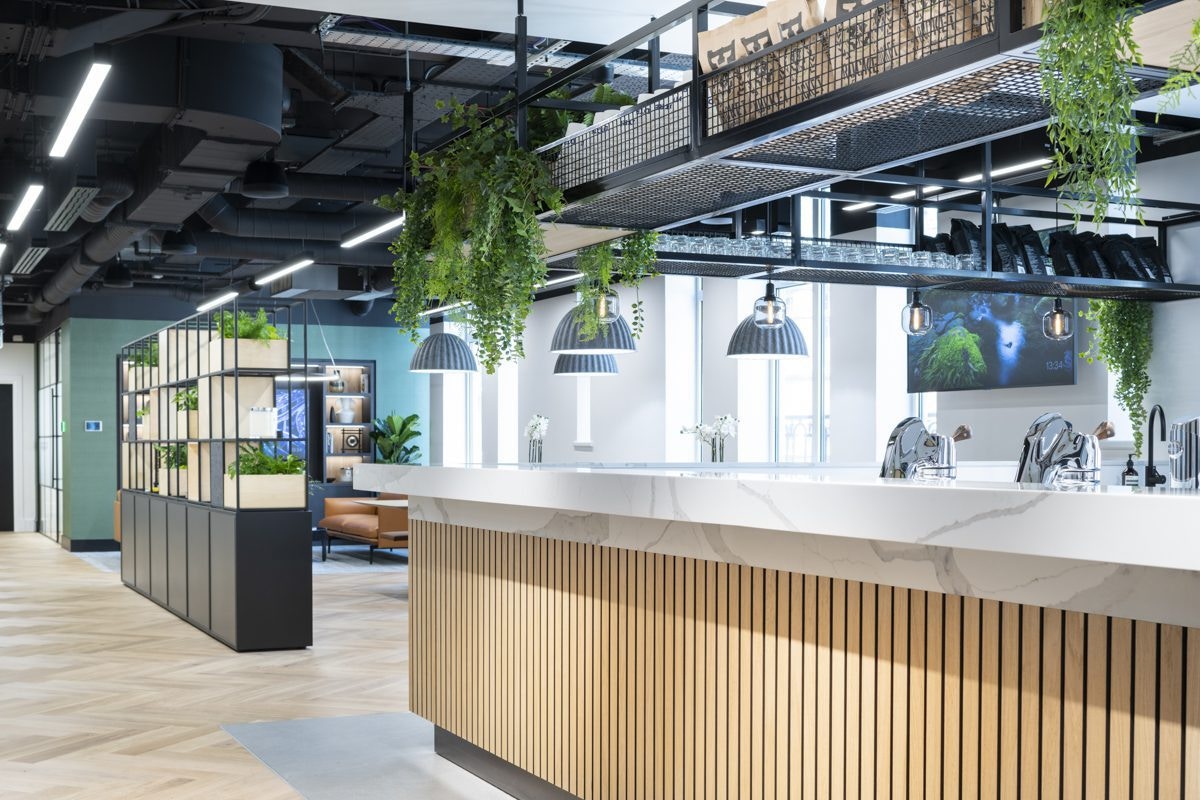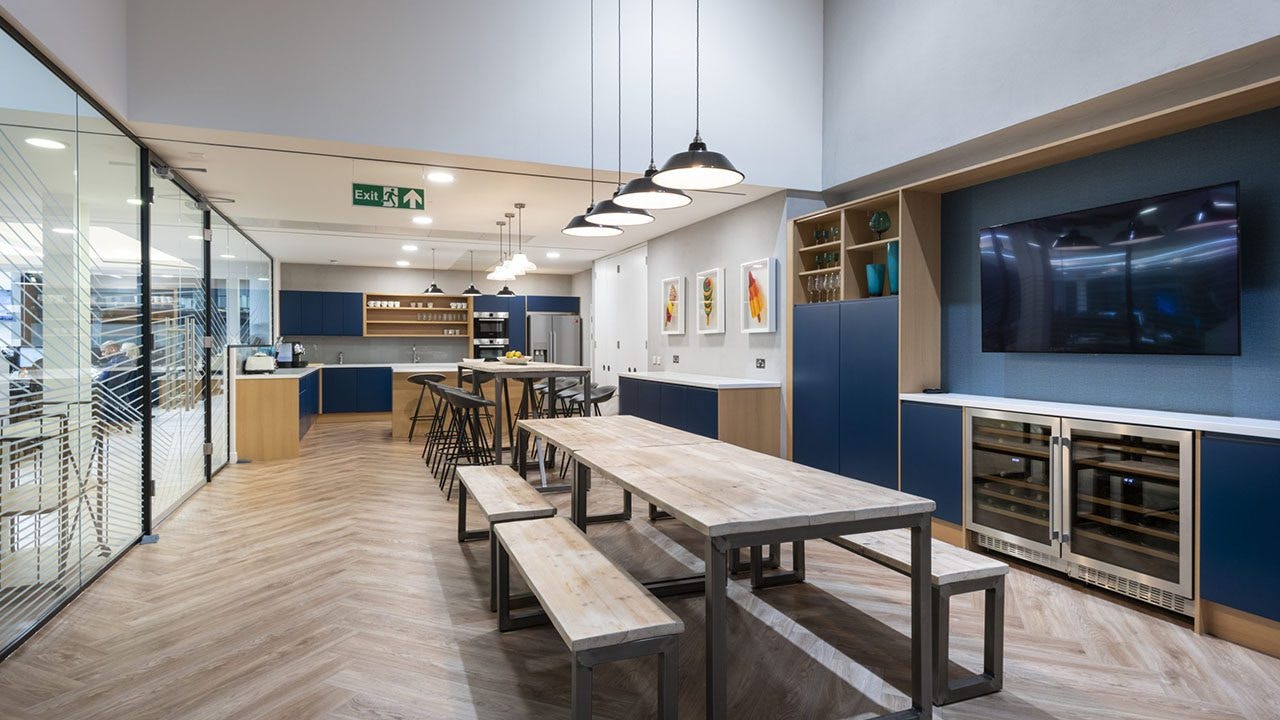The Changing Landscape of London Office Space
In 2023, in London and across the world, there is a fluidity and change in the uptake and use of office space. The working world is undergoing significant changes due to structural changes such as the increasing influence of artificial intelligence and the Covid-19 pandemic.
In recent Economist article, it notes that while the commercial property industry is facing downsizing and increased vacancy rates in global cities like New York, Hong Kong, London, and Paris, a new breed of luxury offices and renovated buildings is emerging, offering high-end amenities and services akin to elite private-members clubs. These offices are in competition to attract tenants and workers back to the office, particularly in competitive cities like New York and London. The way office space is used is changing too.
Where before the pandemic 60% of office space was used for desks, now that’s sustainably lower, with more space dedicated to amenities, such as meditation rooms, bike storage, showers, and outdoor spaces. Many of the luxury offices offer concierges, rooftop bars, and eye-catching entrances and green spaces. In fact, with the growing interest in sustainability and ESG, Landlords are also rushing to spruce up older offices to attract tenants. Moreover, green buildings are becoming popular due to their advantages of attracting higher rents and hedging against obsolescence as countries look to meet their net-zero carbon goals.



